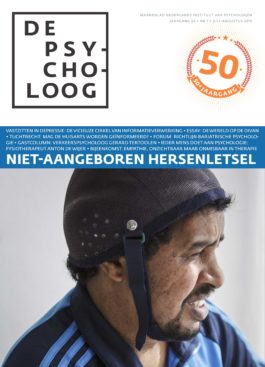Stel je voor: je bevindt je in een sollicitatiegesprek voor een felbegeerde baan. Terwijl je op de vragen van de commissieleden antwoordt, merk je dat het ene commissielid glimlacht en knikkend luistert en een ander commissielid fronsend naar achteren leunt. Afhankelijk van waar je aandacht naartoe wordt getrokken, zal je andere interpretaties als aannemelijk beschouwen. Indien aandacht zich selectief richt op het glimlachende commissielid zullen interpretaties als ‘ik maak een goede indruk en heb kans op de baan’ waarschijnlijk zijn. Terwijl interpretaties als ‘ik maak er helemaal niets van en kan het wel vergeten’ eerder geloofwaardig zijn wanneer aandacht zich selectief richt op het fronsende commissielid. De ervaren emoties zullen bijgevolg zeer verschillend zijn. Zo zijn aandachtsprocessen eveneens bepalend voor hoe de ervaring van het sollicitatiegesprek in het geheugen zal worden opgeslagen en herinnerd zal worden als een positieve of negatieve gebeurtenis.
Dit voorbeeld illustreert dat aandacht, interpretatie en geheugen nauw gerelateerd zijn aan allerlei emoties. Hoe emotionele vertekeningen in




